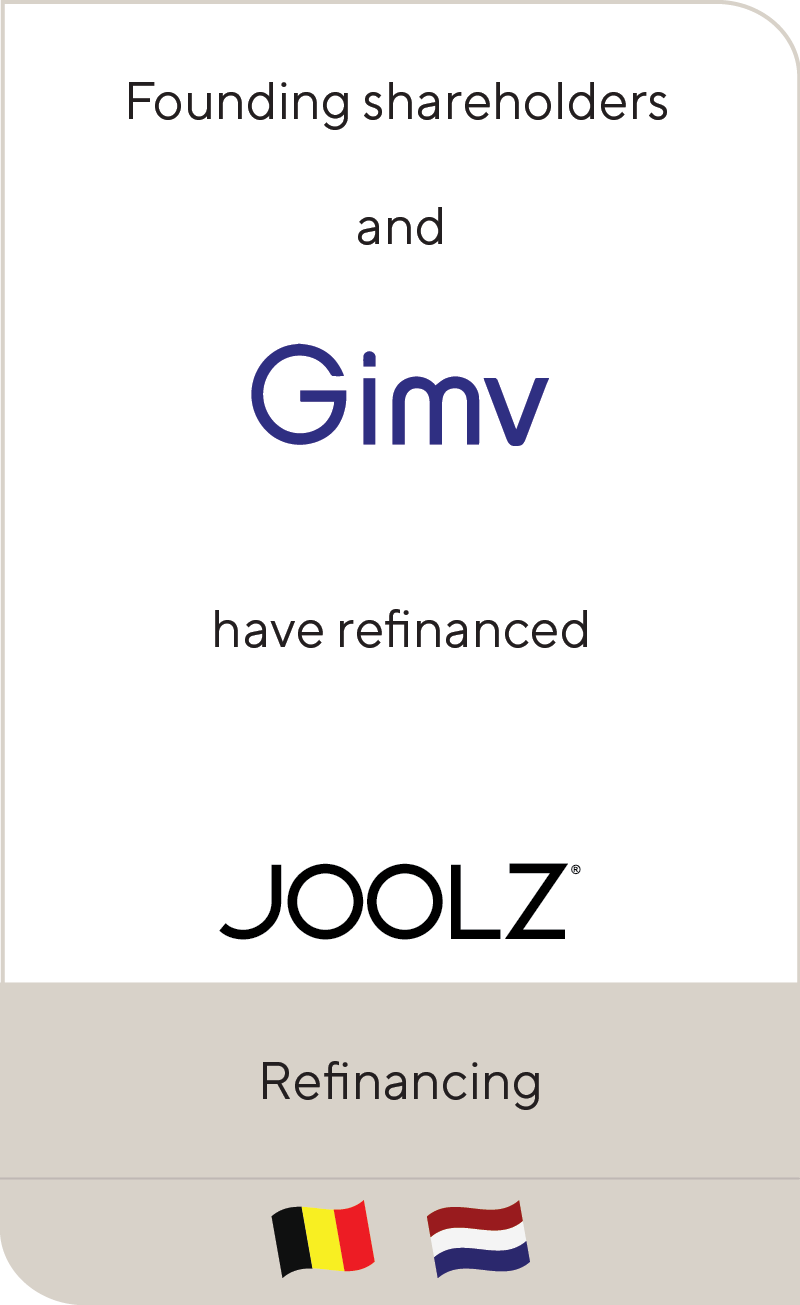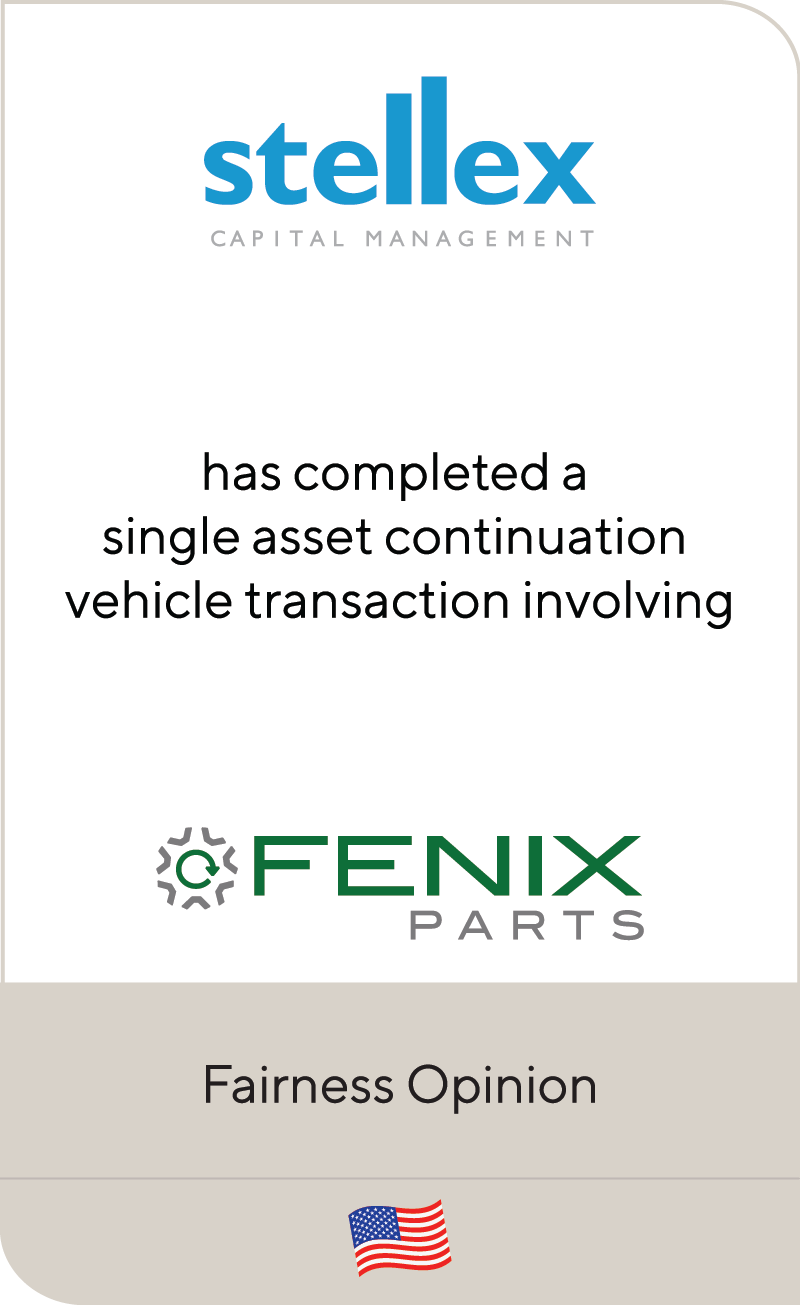The Rising Popularity of NAV Loans
Feb 2024
| The current economic environment has called for partial liquidity alternatives that provide value for private equity firms and other fund managers. One of those alternatives, the net asset value (NAV) loan, is becoming increasingly popular as it offers flexibility and liquidity at a competitive cost of capital and is non-dilutive.
In this perspective, Lincoln International will explore what NAV loans are—including their structure, use cases and why they are a beneficial solution for both borrowers and lenders—as well as how they are valued. |
Summary
-
Lincoln International explores what NAV loans are—including their structure, use cases and why they are a beneficial solution for both borrowers and lenders—as well as how they are valued.
- Click here to download a printable version of this perspective.
- Sign up to receive Lincoln's perspectives
NAV Loan Overview & Benefits
At the fund level, NAV loans leverage the collective net asset value of a fund’s portfolio as collateral and are an avenue to achieve liquidity in lieu of premature investment exits. NAV loans are repaid through asset exits, meaning when the fund sells investments, the proceeds are utilized to repay the NAV loan facility.
Structure:
- Amount: Lenders typically provide the commitment amount based on a percentage of a fund’s net asset value. Terms including pricing will vary depending on the risk and diversity of the portfolio, manager track record and reputation, the leverage of the facility relative to the underlying NAV, etc. with loan-to-value (LTV) ranging from 10% to 20%.
- Margins: NAV loan margin rates can be either variable or fixed and are typically guided by market conditions, fund creditworthiness as well as other negotiated terms. The margin can be capitalized into the loan or paid periodically.
- Terms: Terms vary and are influenced by market conditions and fund needs. The average term is three to five years, with several one-year extension options typically included as a structural feature.
- Covenants: Covenants, or the restrictions and conditions outlined in the governing loan agreement, often include financial performance metrics (typically based on LTV), limits on additional indebtedness and additional terms that protect lender interests.
- Margin calls: Many loan agreements include margin call provisions such that if a fund’s portfolio doesn’t meet covenants, the lender requires the fund to repay part of the loan or provide additional collateral.
- Collateral and security: As the NAV loan collateral is the fund’s portfolio, the lender takes a security interest in the portfolio to mitigate risk with additional protection often included in the form of a corporate or personal guarantee from the fund manager.
- Purpose: The loan agreement will outline the intended use of the proceeds which include, but are not limited to, growth capital, bolt-on acquisitions, or distributions to limited partners.
Valuing NAV Loans
When ascribing the fair value for NAV loans, Lincoln conducts a qualitative and quantitative analysis of the collateral structure, as outlined below.
| General Investment Considerations | Fundamental analysis:
Investment specific analysis:
|
| Collateral Forecasting | For performing collateral:
For special situations / impaired investments:
|
| Discount Rate Considerations |
|
Lincoln PerspectiveWhile NAV loans are a favorable alternative solution, it is important to structure and value them soundly and consider the associated credit risk of both the collateral and the borrower when pricing and constructing the proper bumpers in the form of covenants. Working with a trusted advisor, such as Lincoln International, is crucial when navigating this alternative as properly structured NAV loans can create value and benefit all parties. |
Learn More
If you would like to learn more about NAV loans and whether you are well-positioned to access this alternative, please contact a member of our capital solutions team (listed below), which is supported by our Capital Advisory, Private Funds Advisory and Valuations & Opinions Groups.
Contributors

I am inspired by the opportunity and privilege to work alongside passionate and focused people, helping them achieve their goals and ultimately push beyond the edge of possible.
Stephen Carre
Managing Director & U.S. Co-head of Private Funds Advisory
New York
Partnering with best-in-class sponsors to identify and implement creative capital raising solutions has inspired me throughout my career.
Dan Posternak
Managing Director & U.S. Co-head of Private Funds Advisory
New YorkMeet Professionals with Complementary Expertise in Capital Advisory, Private Funds Advisory and Valuations & Opinions

By linking my experience in debt advisory and mergers and acquisitions, I look forward to delivering flexible and innovative financing solutions to make an impact that matters with long-term target clients, as Lincoln does best.
Daniele Candiani
Managing Director & European Co-head of Capital Advisory
Milan
I am inspired by the opportunity and privilege to work alongside passionate and focused people, helping them achieve their goals and ultimately push beyond the edge of possible.
Stephen Carre
Managing Director & U.S. Co-head of Private Funds Advisory
New York
I build trust with clients by putting their interests first at all times.
Aude Doyen
Managing Director & European Co-head of Capital Advisory
London
I look beyond the capital to cultivate investment paths that lead to sustainable growth and enduring success.
Jonathan Graham
Managing Director & European Head of Private Funds Advisory
LondonRelated Perspectives in Capital Advisory, Private Funds Advisory and Valuations & Opinions

Investors in Healthcare | Q&A with Lincoln Professionals
Originally posted by Investors in Healthcare on July 25, 2024. Lincoln International, the U.S.-headquartered global investment banking advisor, is a well-known name in the European healthcare markets, providing advice to… Read More

Real Deals | Roundtable: Mid-Market Debt Open for Business
Originally posted by Real Deals on July 17, 2024. Dividend recaps are being considered as an interim solution to deliver capital to limited partners due to fewer exits and improving… Read More

BeBeez | Megadeal, Is the Train Starting Again?
Originally posted by BeBeez on July 1, 2024. Increased stabilization of rates and decreased debt market volatility have led to a series of high-yield bonds being issued in Europe. Refinancing… Read More

Silent Defaults in Private Credit: The Unspoken Struggle
A meaningful percentage of borrowers are facing challenges as base rates remain stubbornly high for longer. While companies are demonstrating consistent performance, many are experiencing liquidity constraints. Despite private credit… Read More

















